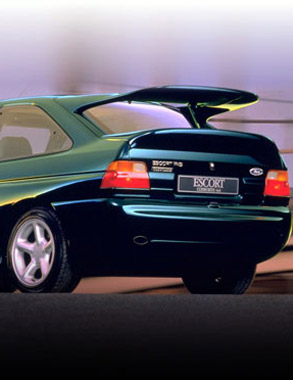How Does A Turbo Work? The Basics....Air entering the engine first passes through an exhaust driven compressor. Compressed air results in a larger quantity of air being forced into the engine, creating more power. The energy used to drive the turbo compressor is extracted from waste exhaust gasses. As exhaust gasses leave the engine they are directed through a wheel placed in the exhaust flow. The gasses drive the turbine wheel around, which is directly connected via a shaft, to the compressor wheel. Increased exhaust gas drives the turbine wheel faster, this provides the engine more air, producing more power. A limit is met once a predetermined boost pressure is achieved. At this point the exhaust gas is redirected away from the turbine wheel, thus slowing it down and limiting the maximum boost pressure. This redirection valve is known as the wastegate. This extraction of energy, from exhaust gas, to improve engine efficiency is the device known as the turbocharger. |
 |
Turbochargers are usually seen as power enhancements on performance cars, but today, turbochargers are becoming more regularly used to provide greater torque on small capacity engines. The advantages of using a turbo engine include improved fuel efficiency and reduced exhaust emissions. The main components of a turbocharger are:
www.turbotechnics.com |


